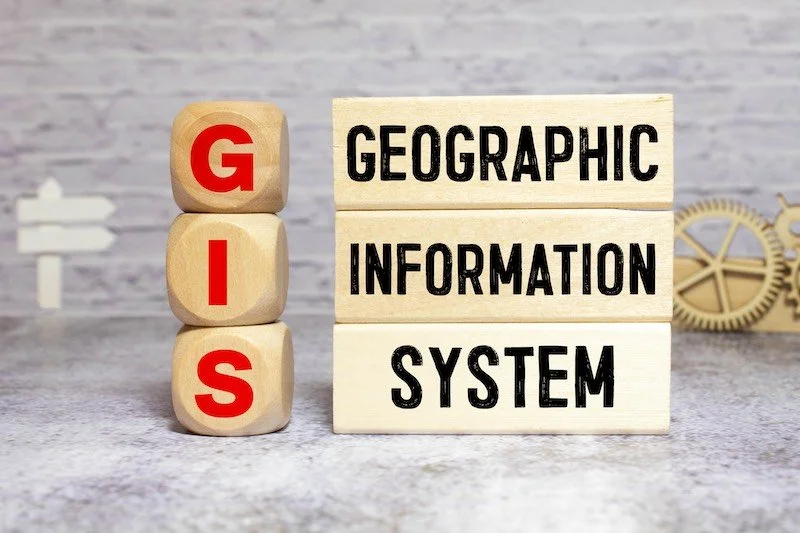GIS Services for Renewable Energy
GIS (geographic information systems) tools are essential for planning successful wind, solar, and other renewable projects. However, effectively using GIS technology for renewable energy goes beyond technological know-how. In reality, it’s a multi-disciplinary endeavor that involves careful management of people, projects, and data.
Supporting Renewable Energy Projects with GIS
Professionals and organizations that specialize in GIS technology add value to developers through a variety of services, such as:
Planning areas of interest (AOI): One AOI could contain thousands of acres, some of which may not be ideal for generating renewable energy. With the help of GIS tools, technicians can identify flood hazards, substations, transmission lines, and vital environmental areas (like wetlands) without physically inspecting each acre.
Connecting dynamic project data with underlying spatial data: Obtaining land usage rights typically requires considerable on-the-ground work by land agents. Some landowners may be quick to agree to a project, while others require weeks of follow-up prior to signing (or choosing not to participate). Joining dynamic project data with underlying geographic data is key for maintaining an accurate understanding of progress.
Ensuring data quality: The adage “garbage in, garbage out” certainly applies to GIS. Underlying spatial data and ongoing project status data must be trustworthy, logically structured, and regularly joined together to avoid stale information. Verifying that geoprocessing operations work as intended is important for maintaining data quality.
Building data visualizations: Interactive maps and dashboards help developers and land professionals visualize project opportunities and roadblocks. Ongoing data management practices align with the need for fresh and reliable insights.
Delivering shapefiles, KMLs, and/or geodatabase files: Some renewable energy companies prefer to build their own visualizations but still require updated project data. In such situations, GIS professionals may be asked to share data via shapefiles, KML (Keyhole Markup Language) files, and/or geodatabase files.
Providing ad hoc support: Renewable energy projects often involve lengthy timelines and many unforeseen variables. GIS technicians may be called on to provide as-needed support, such as determining the path of least resistance for connecting to a transmission line.
Explore our GIS Services for Renewable Energy
New Era Land Services offers GIS services to support solar, wind, and battery storage projects. Contact us to discuss your needs and learn about our capabilities.

